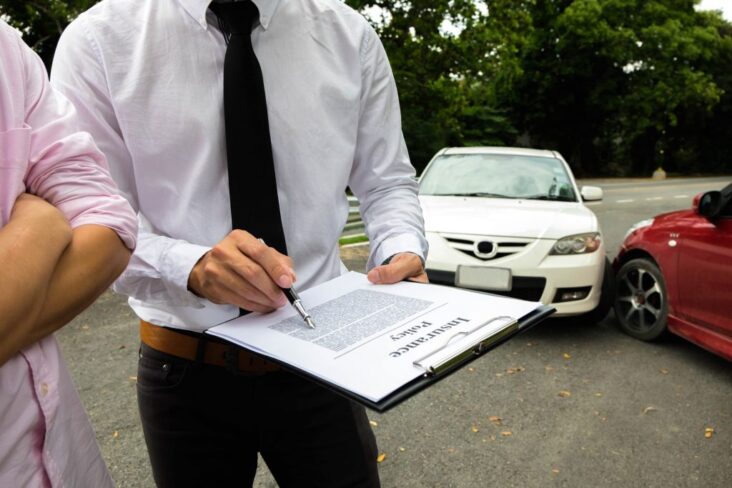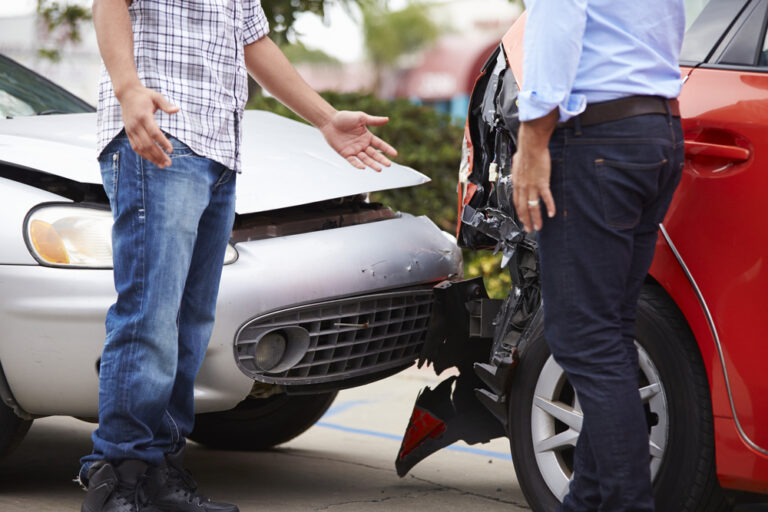Every year, millions of car accidents take place in the US alone. While some of these crashes are fatal in nature, others just leave the involved people with injuries. If you have found yourself involved in a car crash in which you weren’t at fault, you may be in a position to sue the at-fault party and claim compensation for your injuries and the expenses stemming from it.
While TheLawAdvisory recommends hiring a lawyer to assist you with your case, it’s totally understandable if you’d rather avoid the lawyer fee. But in the absence of an experienced attorney, you would have to proceed very carefully and thoughtfully.
That being said, here’s a guide to how one could claim compensation for a car accident without a lawyer by their side.
Thoroughly assess the damages incurred

When you are heading into a legal battle without a lawyer, you need to make sure that all your bases are covered. Thus, you need to gather all details of your case carefully. Start off this process by determining the extent of damages you incurred. Damages do not only comprise the physical injuries you incurred or the damages your vehicle endured.
Damages also include the expenses and medical bills you had to pay out of your pocket to get treated. Additionally, include the repair expenses. Last but not least, damages also include the income that you lost due to missing work in the wake of injuries suffered during the accident.
So, sum up all the expenses that you have endured. Also, you might be able to factor in future expenses. For example, if you are confident that your injuries wouldn’t allow you to work your regular gig for a certain time, simply document it.
It should be noted that writing down every expense stemming from the accident might be a tedious task. However, in order to maximize your chances of receiving the largest settlement amount possible, you must demand compensation for every expense possible. While your initial demand might be way over the top, it wouldn’t harm your case as long as you are open to negotiation.
Gather important documents and reach out to the insurance adjuster
In order to convince the at-fault party to pay you for the damages they caused, you need to present concrete proof in the form of documentation. Given below is a list of documents you should collect to maximize your chances of receiving fair compensation:
- Medical records highlighting the full impact of your injuries
- Medical bills and prescriptions for explaining the expenses you have had to endure to receive medical treatment
- Proof of lost income due to inability to work to your full potential in light of the injuries suffered during the accident.
- Car repair bills
- Photo/video evidence from the accident site showcasing the affected cars and the rest of the scene.
You can also share the bills and evidence from the accident site with the insurance adjuster. Before aiming for a settlement, you should check out if the insurance adjuster is interested in covering any aspects of your claim.

The adjuster will assess the damages and the medical bills linked to the accident. Based on these details, they will come with an amount that they would deem fair. It’s important to note that the amount an adjuster suggests initially is usually quite low from what you are actually owed.
Therefore, you will have to rely on your negotiation skills to convince the adjuster to present you with a generous offer. For this, you have to make sure that your emotions don’t get the best of you. Simply remain calm and back your points with logic.
Keep track of the time at hand
In order to receive fair compensation, you can’t afford to waste time. The statute of limitations for bringing forward an injury claim is different for every state. Normally, you have about 2 years before you can initiate negotiation with the insurer.
The best practice is to keep a note of the time and initiate a claim once you have achieved maximum recovery. The reason behind this is at such a point, you will have a clear idea about the costs you have endured. But again, make sure that you make your move before the expiration of the statute of limitations.
Prepare a demand letter

After consulting the insurance adjuster and confirming that their offer is too low, your next course of action should be to pen down a demand letter. In this letter, you must thoroughly explain why the offered amount wasn’t sufficient for covering the damages. Put extra emphasis on the severity of your injuries, financial losses, and emotional distress.
Try to be persuasive enough so that your demand letter fully reflects why the driver in the other car was fully responsible for the accident. Your goal is to get paid by the other driver’s insurance company.
It should be noted that demand letters are rarely effective enough to be the reason behind an increase in the settlement amount. However, they are still significant since they are an indication that you wouldn’t stop until you receive what you are owed.
Upon receiving the demand letter, the party at fault will most likely come up with a counter-offer. Then, the ball is once again in your court. You can either accept the offered settlement and wrap up the legal battle once and for all, or you can deny the offer and continue with the negotiation process.
Bear in mind that the longer the negotiation continues, the higher the chances are for the case to go to court.
Your next steps…
If your case ends up going to court, there will be charges that you will have to pay i.e. administrative fees, court fees, etc. Moreover, the case could go on for a considerable period of time. Therefore, TheLawAdvisory usually recommends settling an accident claim out of court.
But if going to court is your only shot at receiving compensation for the damages, make sure that you do your research and study past cases of similar nature. Keep in mind that if you end up losing the case, you might have to pay the party at-fault’s attorney charges.
So, do your best to make your case solid, and trust in the judge’s verdict.

